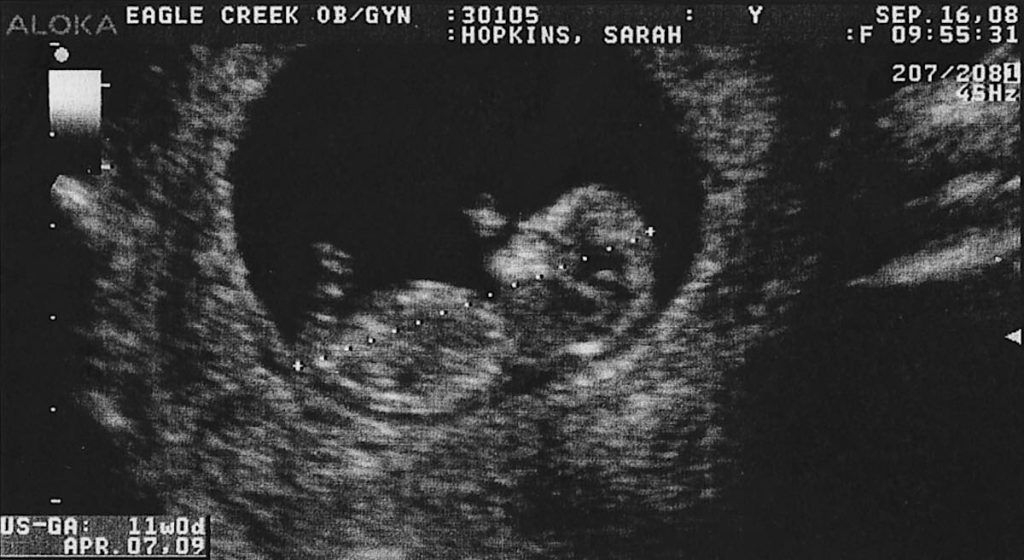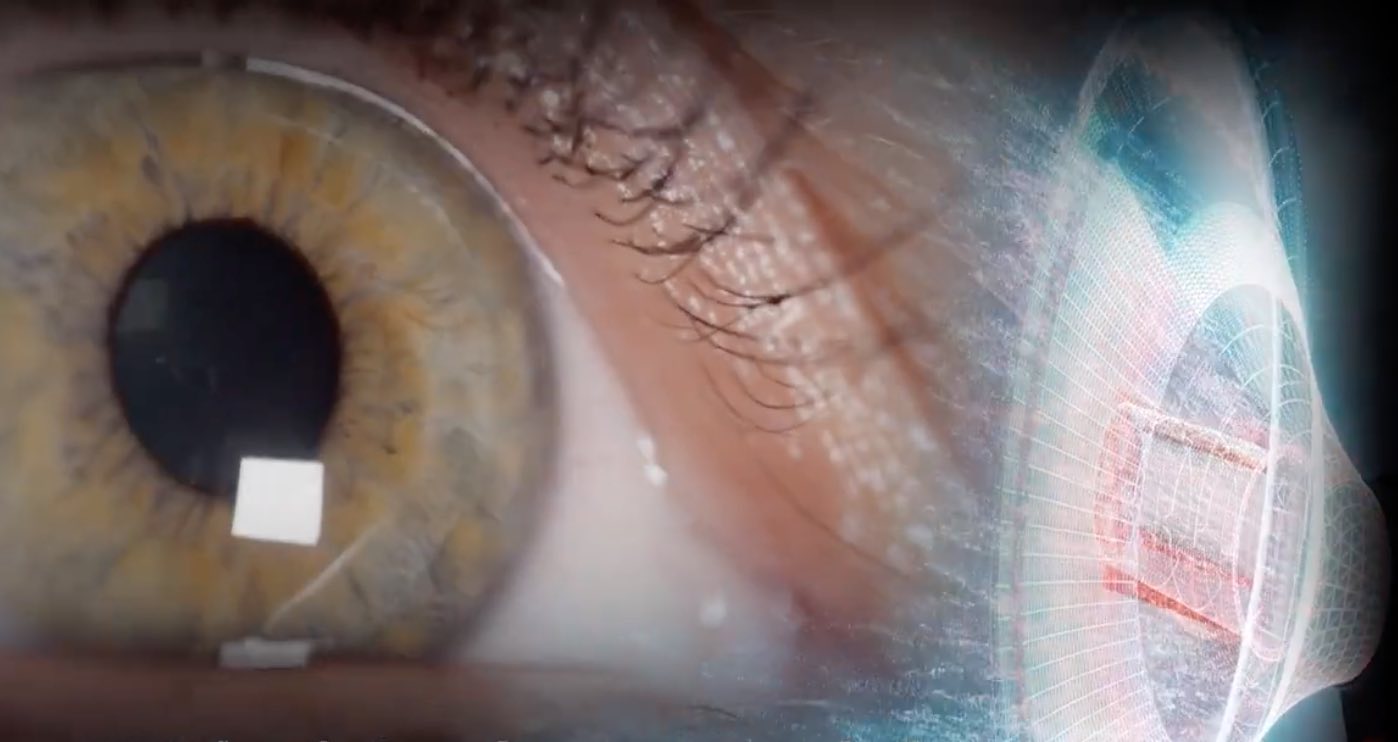While there are currently no non-invasive therapies available for the treatment of vision loss in the retina, but researchers are now exploring a solution that could restore sight by using one of the other five senses: Sound.
Common retinal diseases cause degeneration of the light-sensitive photoreceptors in your eye. Currently, ophthalmologists use electronic technology to directly stimulate retinal neurons by implanting electrode devices inside the eye—a technique that requires expensive and invasive surgery.
To provide a better solution, the University of Southern California team is using the same technology that takes a picture of a fetus by sending and receiving sound waves through a pregnant woman’s stomach—using ultrasound stimulation to replace electric stimulation.
The research group includes Mark S. Humayun, professor of ophthalmology and biomedical engineering at USC, and one of the inventors of Argus II—the world’s first artificial retina.
Similar to how shapes and bright spots appear when you gently push on your eyeball with your eyes closed; researchers realized that applying pressure to the eye can activate neurons and send signals to the brain.
Unlike a normal eye that is activated by light, the blind eyes were stimulated by mechanical pressures generated by ultrasound waves in this study. A wearable ultrasound device, like a contact lens, would generate the ultrasound waves to stimulate the retina.

“The neurons present in the retina of the eye possess mechanically sensitive channels that respond to mechanical stimulation,” explained Gengxi Lu, a Ph.D. student working on the project. “These neurons are activated when we use ultrasound to generate mechanical pressure.”
RELATED: Red Light Therapy Could Improve Your Eyesight After it Declines Due to Age
How It Works
To test this ultrasound approach, in pre-clinical studies the team at USC stimulated a blind rat’s eyes using high-frequency ultrasound waves that are inaudible to humans.
In this case, for retinal stimulation the research group created a small ultrasound device that can be directed at a specific region of the eye to send sound waves to the retina, which is located in the back of the eye.
Using these high-frequency sounds that can be manipulated and focused on a specific area of the eye; the study demonstrated that when the ultrasound waves are projected as a pattern — for example, the letter ‘C’—the rat’s brain was able to pick up a similar pattern.
Unlike in humans, researchers are unable to get direct answers about the rat’s visual experiences during the ultrasound stimulation.
To answer these questions of what exactly the rat was able to visualize from the ultrasound waves, the team measured visual activity directly from the rat’s visual brain area known as the visual cortex by attaching a multi-electrode array.
WATCH: Firefighter Choke Back Tears After Seeing American Flag in Color for the First Time
Based on the visual activities recorded from the brain, researchers found the rat was able to perceive visualizations comparable to the ultrasound stimulation pattern projected to the eye. This work was just published in BME Fronters.
A Patent For the Future
The research is currently funded by a four-year, $2.3 million grant from the National Eye Institute (NEI). The team recently applied for another NEI translational grant to take their studies to the next level, testing the approach using non-human primate models prior to conducting human clinical trials.
“Right now, we are using a transducer placed in front of the rat’s eyeball to send the ultrasound signals to the retina, but our final goal is to create a wireless lens transducer” said Dr. Qifa Zhou, professor of biomedical engineering and ophthalmology at USC, who is leading the research.
While the team is currently analyzing the capabilities of ultrasound technology for vision study, their future goal is to generate sharper images and install the ultrasound transducer on a wearable contact lens for next generation.
POPULAR: Blind For 15 Years She Now Has 20/20 Vision And Sees Her Grandchildren For the First Time
There is also a pending patent for this novel ultrasound technology that hopes to change the way visual impairment is treated years down the road.
LET Your Friends See the Future By Sharing This on Social Media…





















So gentle eye massages can stimulate neurons and strengthen vision until this ultrasound technology is perfected? This correlates with scientific studies showing gentle massages stimulates healing responses in babies so they can survive and thrive. Truly good news for everyone interested in healing modalities.